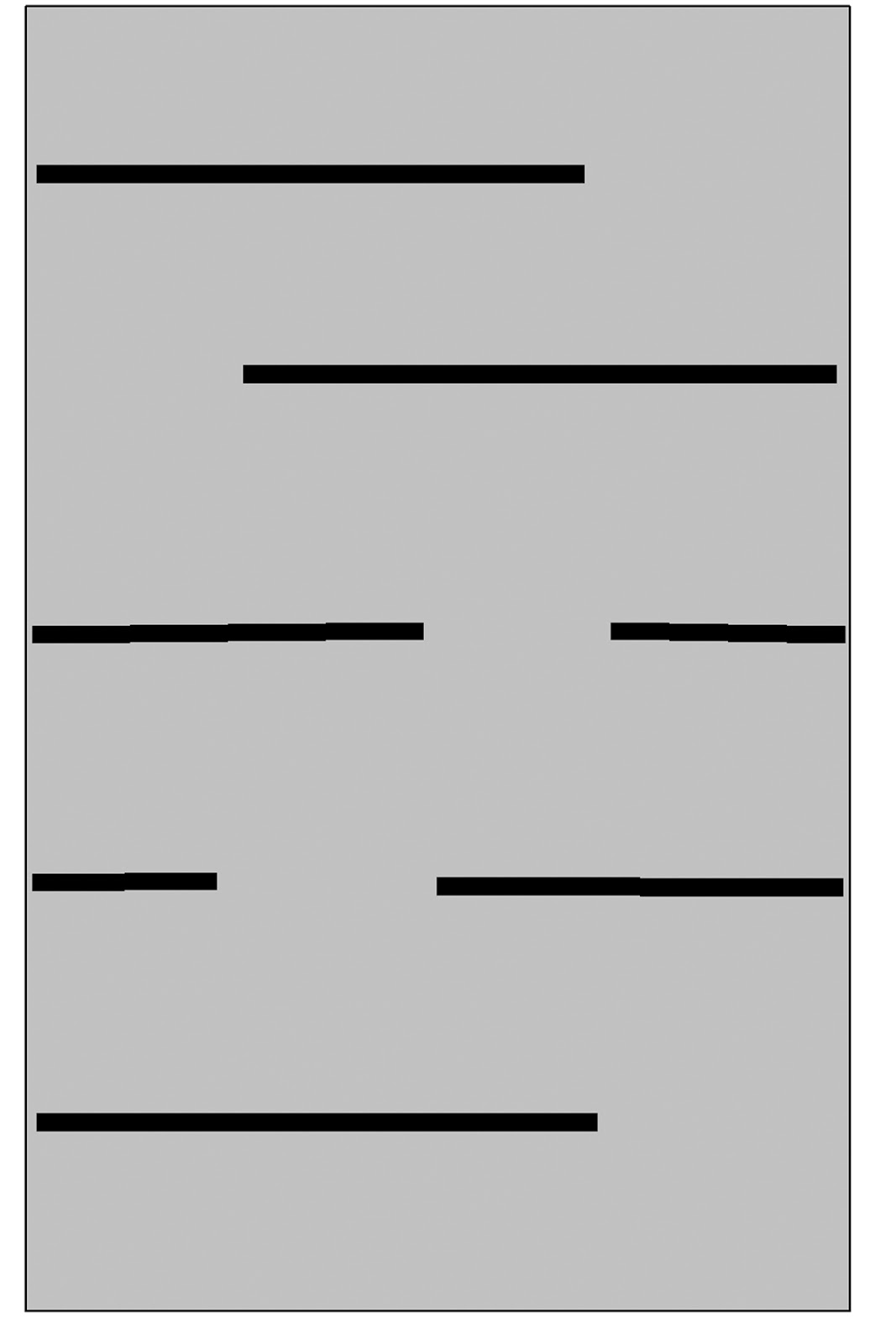

A prototype was found in 2013, and the ROM was subsequently released. Ī port for Nintendo's Virtual Boy console, to be titled NikoChan Battle (ニコちゃんバトル) in Japan, was almost completed, but canceled as the system was discontinued in late 1995.
Maze party nov 3rd Pc#
Īccording to Robert Champagne, other unreleased ports were worked on at Xanth, including IBM PC and NES. A prototype was eventually found and the ROM was released. Unreleased ports Ī port of MIDI Maze for the Atari 8-bit family was developed by Xanth, but cancelled around 1989. It is a colorized version of the monochrome Game Boy version, supporting two players with two handheld consoles connected by the Gear-to-Gear Cable.Ī PC-Engine CD-ROM version, titled only Faceball (フェイスボール), was released in Japan by Riverhill Soft. Ī Game Gear version, also titled Faceball 2000, was released to the Japanese market by Riverhill Soft. A variety of in-game music for this version was composed by George "The Fat Man" Sanger. This version features completely different graphics and levels from the earlier Game Boy version. Ī Super Nintendo version, also titled Faceball 2000, was released in 1992, supporting two players in split-screen mode. However, players can daisy chain 16 Game Boy Advance link cables into a huge loop, each purple end of the link cable connecting into the box of another cable, and plug the gray ends into each GBA. As Nintendo did not allow them to do so, that connector was never released, so the 16-player mode cannot be enabled using Game Boy systems. According to programmer Robert Champagne, the game does contain a 16-player mode however, it requires a special connector that would be bundled with the game, to create a "chain" of Game Link Cables. It is often rumored that the Game Boy version would allow up to 16 players by daisy-chaining Four Player Adapters, which is not the case. This version allows two players with a Game Link Cable, or up to four players with the Four Player Adapter.

George Miller was hired to rewrite the AI-based drone logic, giving each drone a unique personality trait.

James Yee, owner of Xanth, had the idea of porting the 520ST application to the Game Boy. Ports Ī Game Boy version was developed by Xanth, and published in 1991 by Bullet-Proof Software, with the title Faceball 2000.
Maze party nov 3rd software#
The original MIDI Maze team at Xanth Software F/X consisted of James Yee as the business manager, Michael Park as the graphic and networking programmer, and George Miller writing the AI and drone logic. A number of mazes come with the game, and additional mazes can be constructed using a text-editor. The game is started by a designated master machine, which sets rules, divides players into teams, and selects a maze. Bullets are represented as small spheres. All players are shown as Pac-Man-like smiley avatars in various colors. The game area occupies only roughly a quarter of the screen and consists of a first-person view of a flat-shaded maze with a crosshair in the middle. Up to 16 computers can be networked in a "MIDI Ring" by daisy chaining MIDI ports that are built into the Atari ST series.


 0 kommentar(er)
0 kommentar(er)
